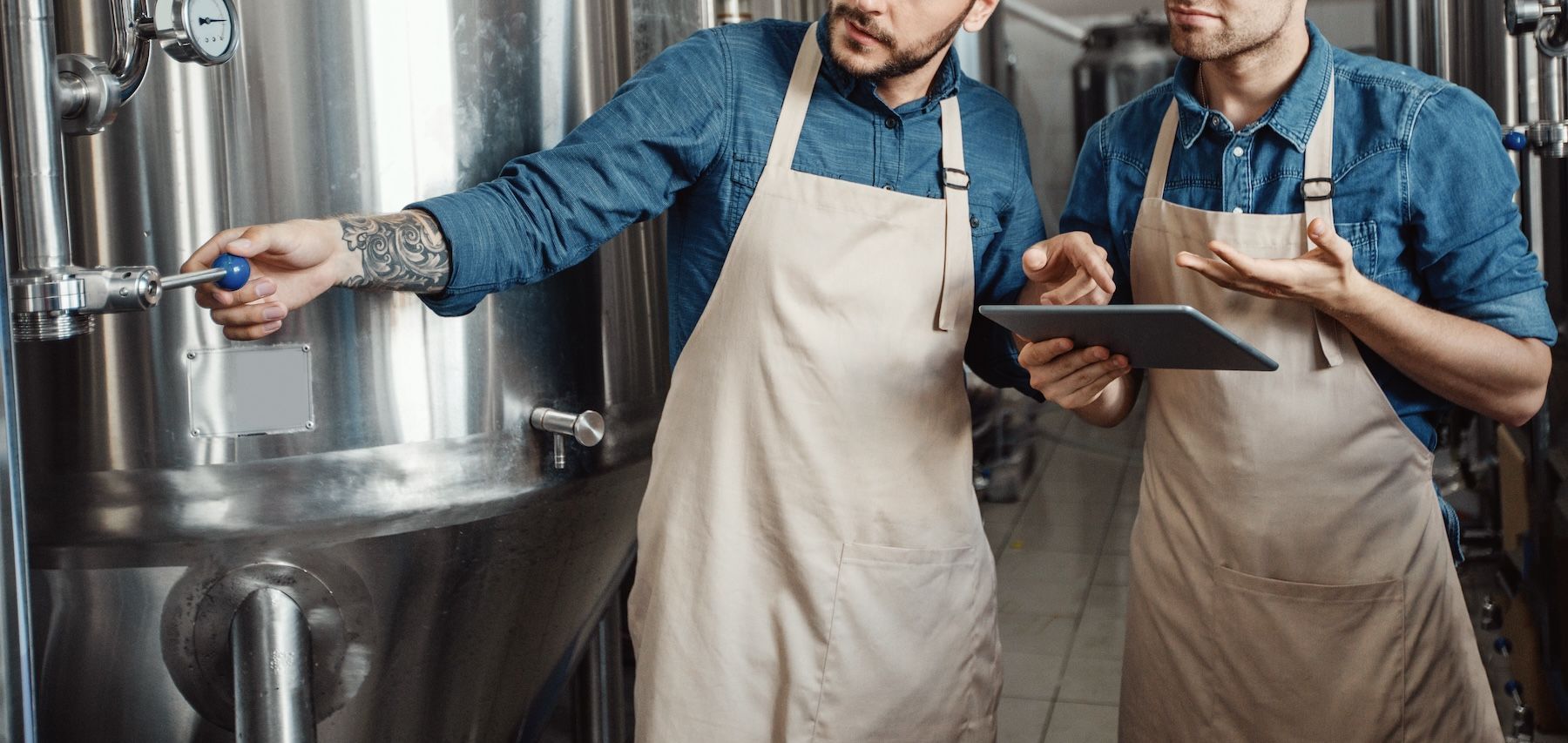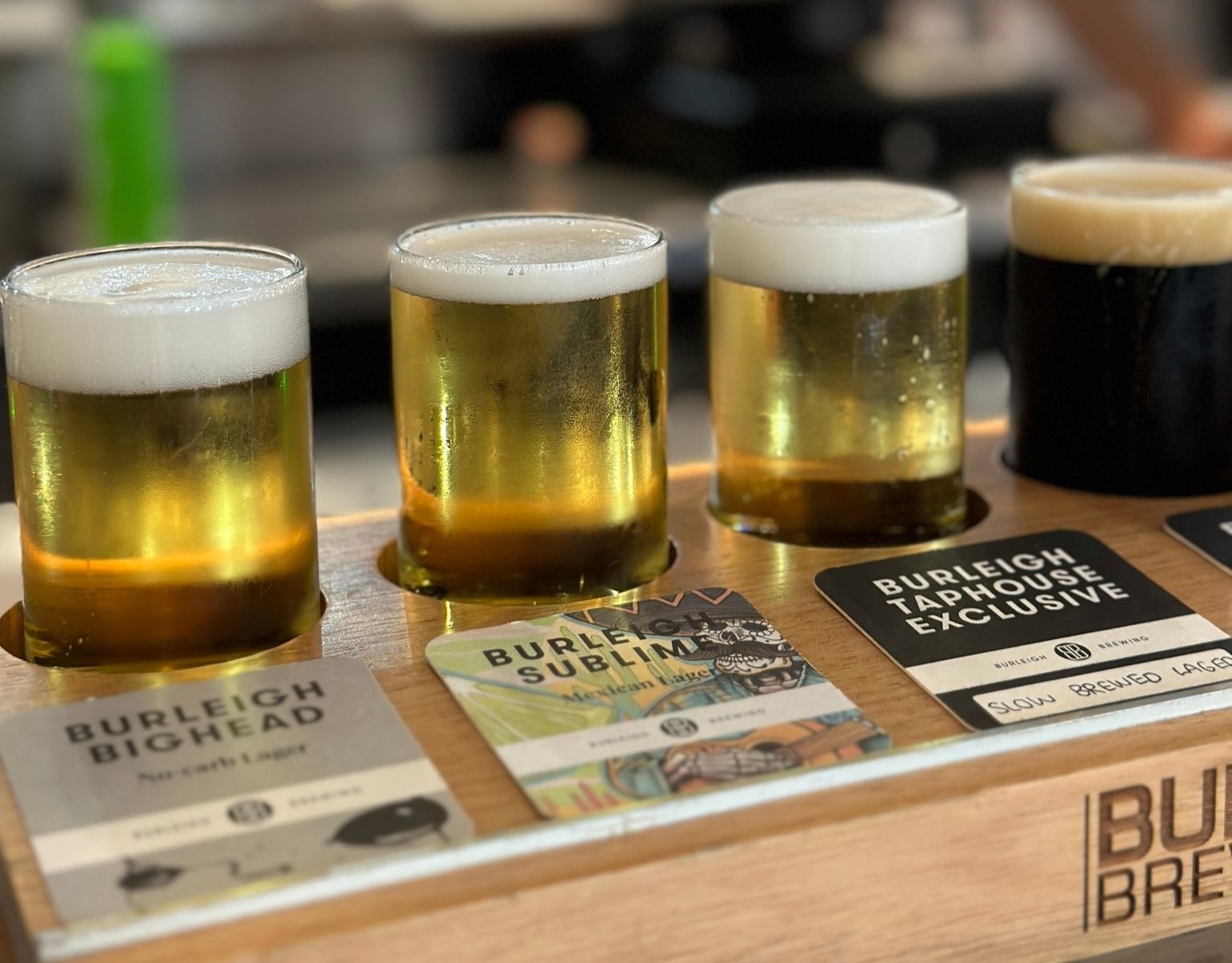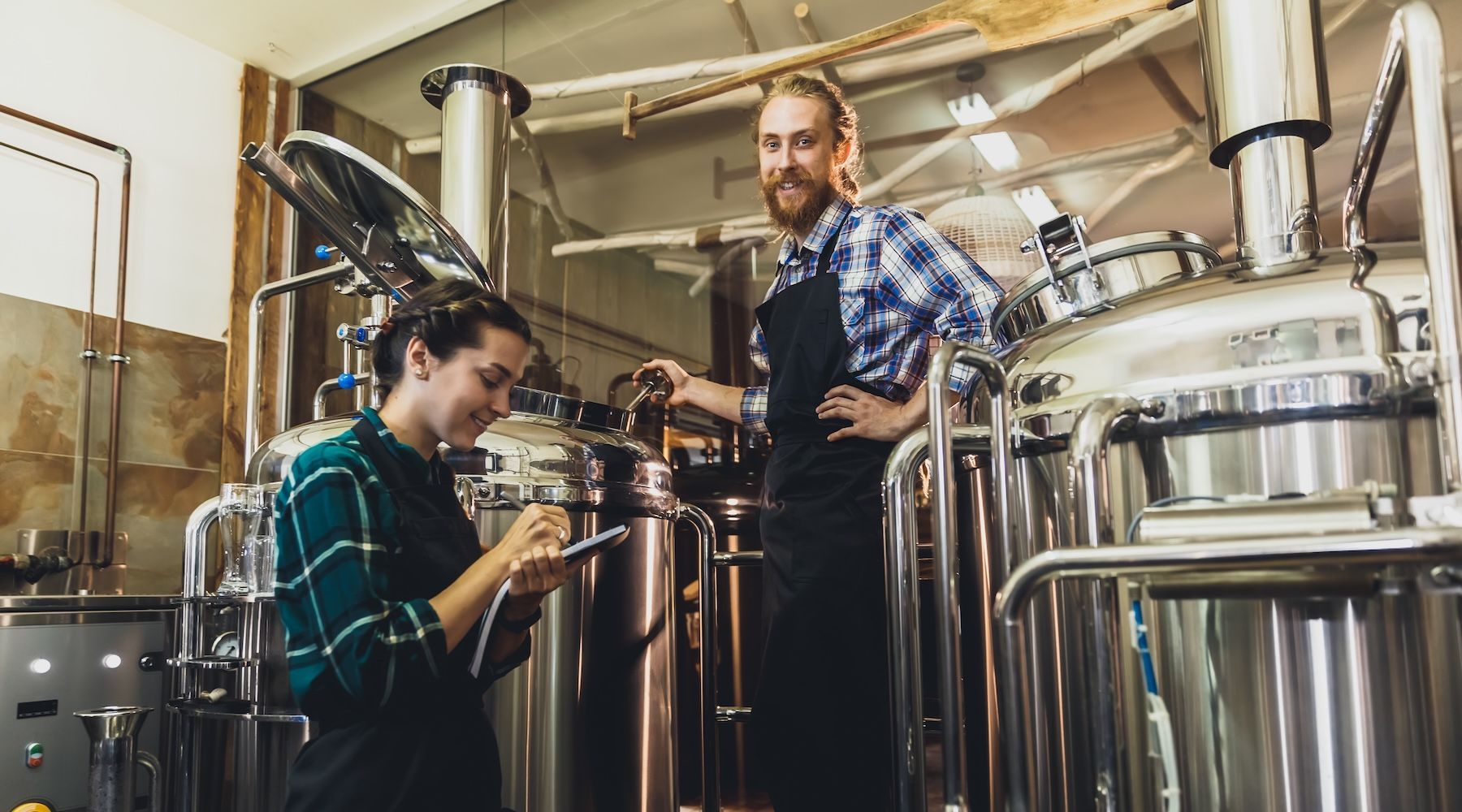The wine industry is one of the world's oldest and most sophisticated industries. Winemakers spend decades perfecting their craft, creating unique blends and flavors tantalizing taste buds. dIn recent years, however, the Australian wine market has faced numerous challenges leading to a glut of wine and a flat industry. But with every challenge comes an opportunity for growth and innovation.
In the face of Australian wine
export taxation, volatile geopolitical climates,
climate affecting grape harvest and shifting trends in the alcoholic beverage scene, Australian wine owners can continue to thrive in today's market by remaining nimble and adaptable. The rapidly changing market demands that winemakers stay ahead of the curve by embracing innovation, technology and consumer preferences. Having a flexible and scalable strategy will help you navigate challenging times.

How to Grow Your Wine Business
Focusing on current customers while diversifying markets, boosting domestic market presence, adopting e-commerce and investing in winery management software can help increase profitability in these challenging circumstances. You can emerge stronger than before and grow your business amidst uncertainty by exploring these six tips:
1. Diversify Export Markets
While the Chinese wine market has been a significant source of revenue for many Australian wineries, recent geopolitical tensions and regulatory changes have made it difficult to rely on this market alone. Even if tariffs are lifted, it’s wise to diversify export markets. In a recent press conference, the Australian foreign minister applauded how well the country has pivoted to diversify export markets and that continued efforts are key to the future success of the country.
By expanding into other countries and regions, Australian wineries can reduce their reliance on a single market and mitigate the risks associated with geopolitical uncertainties. Target markets such as the United States, Canada, the European Union (EU) and emerging markets such as Japan and South Korea present opportunities for growth.
With New Zealand’s recently secured free trade agreement (FTA) with the EU before Australia, they have a slight advantage over Australia in wine exportation, with both countries’ wineries competing for the same shelf space across the EU. However, the FTA should mean premium wines will be more affordable and increase sales from each country to the EU. This would mean growth in the industry in each country and moving the needle from a flat industry with a glut of wine to a growing industry.
Japan is an attractive market for Australian wines due to its high demand for premium products and its appreciation for quality. Additionally, the Japanese market values sustainability, which aligns well with the Australian wine industry's increasing focus on eco-friendly practices.
South Korea is another promising market for Australian wines. In recent years, the country has seen a growing interest in wine consumption among younger generations, and Australian wines are particularly popular due to their unique flavors and affordable prices.
Engaging in targeted marketing campaigns and participating in international trade events can help wineries establish their presence in new markets and build relationships with potential customers and distributors. Expanding into new markets may require additional investments in marketing and distribution channels. However, diversifying your customer base and reducing reliance on any single market can increase your resilience and long-term profitability.
2. Enhance Domestic Market Penetration
While the international market can be lucrative, winery owners should not overlook the domestic market’s potential. Australian consumers have demonstrated an increasing interest in locally produced wines, presenting an opportunity for wineries to strengthen their presence at home. Focus on building solid relationships with retailers, restaurants and online platforms to increase distribution channels and brand visibility within Australia. Invest in marketing efforts that resonate with local consumers, highlighting the unique qualities and stories behind your wines. Collaborate with local influencers, participate in food and wine festivals and offer tailored experiences at your cellar doors to engage with wine enthusiasts directly.
3. Expand Product Line
Expanding your product line to include non-alcoholic options or wine-based cocktails can help you tap into a new market segment and increase revenue. With the rise of health-conscious consumers who prefer non-alcoholic beverages, offering alcohol-free options can help attract this demographic to your winery. Use grape juice and add unique herbs or spices.
Wine-based cocktails, on the other hand, can appeal to younger Millennials and Gen Z, who tend to prefer liquor and ready-to-drink (RTD) options. Experimenting with different blends and mixers introduces wine to a younger audience that may not be as familiar with traditional wine offerings.
Another option is for wine and craft spirits makers to partner to create new products made from wine glut. Several distilleries are utilizing the excess wine stock from neighboring wineries to ferment and distill products such as eau-de-vie, a type of brandy. This not only creates a new revenue stream for both producers, but also solves the problem of unsold wine stock.
4. Embrace E-commerce and Direct-to-Consumer (DTC) Sales
Harnessing the power of e-commerce and prioritizing direct-to-consumer sales can significantly impact profitability. Establishing a user-friendly website and leveraging social media channels allow you to connect directly with consumers, build brand loyalty and tell your unique story. Embracing an e-commerce platform, particularly one that fully integrates with your winery management software, enables customers to purchase your wines, regardless of location. Controlling distribution channels can improve margins and foster closer customer relationships.
A direct integration between your e-commerce platform and your winery software will help create a better experience for your customers as well. Having your online store up-to-date with accurate inventory counts ensures your patrons can order exactly what they want, when they want it. With real-time updates on stock levels, you never have to worry about disappointing a customer by not being able to fulfill their order.
5. Collaborate with Other Wineries
Though seemingly counterintuitive, collaborating with other wineries can help increase your visibility and expand your customer base. Consider partnering with other wineries for joint marketing campaigns, co-hosting events, a wine tourism package or even a product sold under both labels. Attract new customers and retain current ones by sharing resources and knowledge while reducing costs and increasing efficiency.
6. Streamline Operations with Winery Management Software
Winery owners need efficient operations and access to crucial business data to thrive in a competitive market. Winery management software provides real-time, cross-functional visibility, making it seamless to see the big picture and spot anomalies with anytime, anywhere business intelligence.
When built from the ground up to meet the specific requirements of craft wineries, both large and small, wine software streamlines processes, manages inventory, tracks sales and shipments and analyzes key performance indicators.
The complexity of the Australian wine industry requires a flexible, scalable and automated end-to-end solution to run the entire business.
Gain valuable insights into your customer preferences, identify trends and make data-driven decisions. By optimizing your operations and focusing on profitability drivers, winery management software helps you identify areas of improvement and allocate resources effectively.

Embracing Change and Evolving in the Australian Wine Industry
Heading into the future, it's important to remember the rich history and tradition of winemaking. That doesn’t mean ignoring the need to evolve and innovate, especially during challenging times. The Australian wine market has faced its fair share of challenges recently, but the potential for remarkable innovation and growth lies through those challenges. By staying true to your craft while embracing new ideas and technologies, you can continue producing and distributing Australian wine well into the future. If you’re ready for a system that propels you forward rather than holding you back, it’s time to
contact us for a customized winery ERP solution.
See Ya Round in Melbourne?
Crafted ERP is proud to sponsor the Melbourne Royal Wine Awards on 3 November 2023 at the Victoria Pavilion on the Melbourne Showgrounds. Our team will be on hand to present the "Best Semillon" trophy to this year's winner. If you would like to learn more about Crafted's winery management software or meet with one of our Australian team members at the event, please reach out so we can set up a chat.










GET IN TOUCH
1512 Larimer Street, Suite #150
Denver, CO 80202
United States
(720) 699-0200
66 Goulburn Street
Sydney, NSW, 2000
Australia
+61 2 9044 1330

